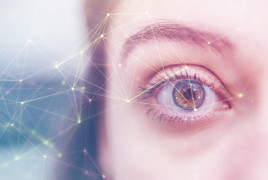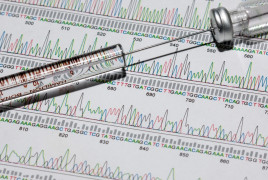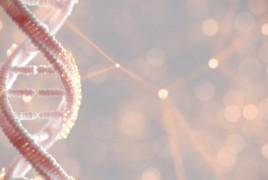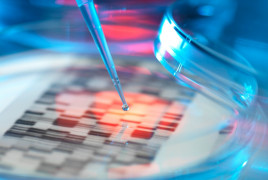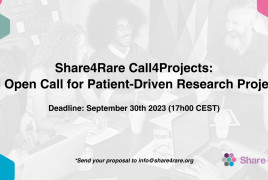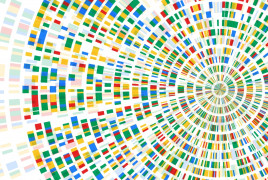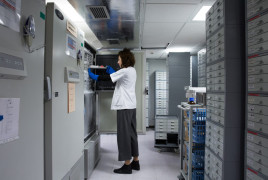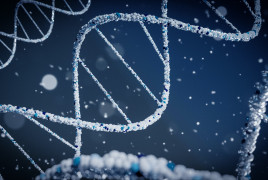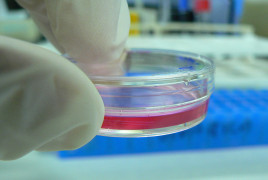New mechanisms causing blindness in mouse models discovered
A multidisciplinary research team, under the leadership of geneticist Gemma Marfany, has recently published an article in the journal Redox Biology. Their study, conducted using a mouse model, revealsLet’s update the definition of rare diseases
A new paper published in Nature Reviews by IRDiRC Therapies Scientific Committee (TSC) members explores the different definitions of rare diseases and discusses how a broader consensus view can helpA novel algorithm has been developed that increases the diagnosis rate of rare diseases
One of the primary challenges faced by individuals affected by rare diseases is the timeliness of their diagnosis. Diagnosing such patients often tends to be extended in time, leading to a delay inA new rare immune system disorder attributed to a mutation in the DOCK11 gene has been discovered
The University Hospital Virgen del Rocío in Seville and the Sant Joan de Déu Barcelona Children's Hospital · Sant Joan de Déu Research Institute have collaborated on international research thatSame symptoms: Same treatment? Same response?
Due to the existence of a large number of rare diseases (ranging from 6,000 to 8,000 according to various sources), it is common for many of them to exhibit similar symptomatology. This circumstance3rd Share4Rare open call for patient-driven research projects
Research in rare diseases faces significant challenges due to the limited number of patients and geographical and linguistic barriers. In light of this, Share4Rare has made it a priority to foster theStudy identifies genetic causes of different developmental disorders in 5,500 paediatric patients
As explained in an article published in the New England Journal of Medicine, the research group delved into an extensive analysis of the genomes of over 13,500 families from the United Kingdom andAn educational guide to building your online patient registry
One of the main challenges when researching rare diseases is there is not enough available information about how the condition affects patients. This is mainly because there are not enough patients
